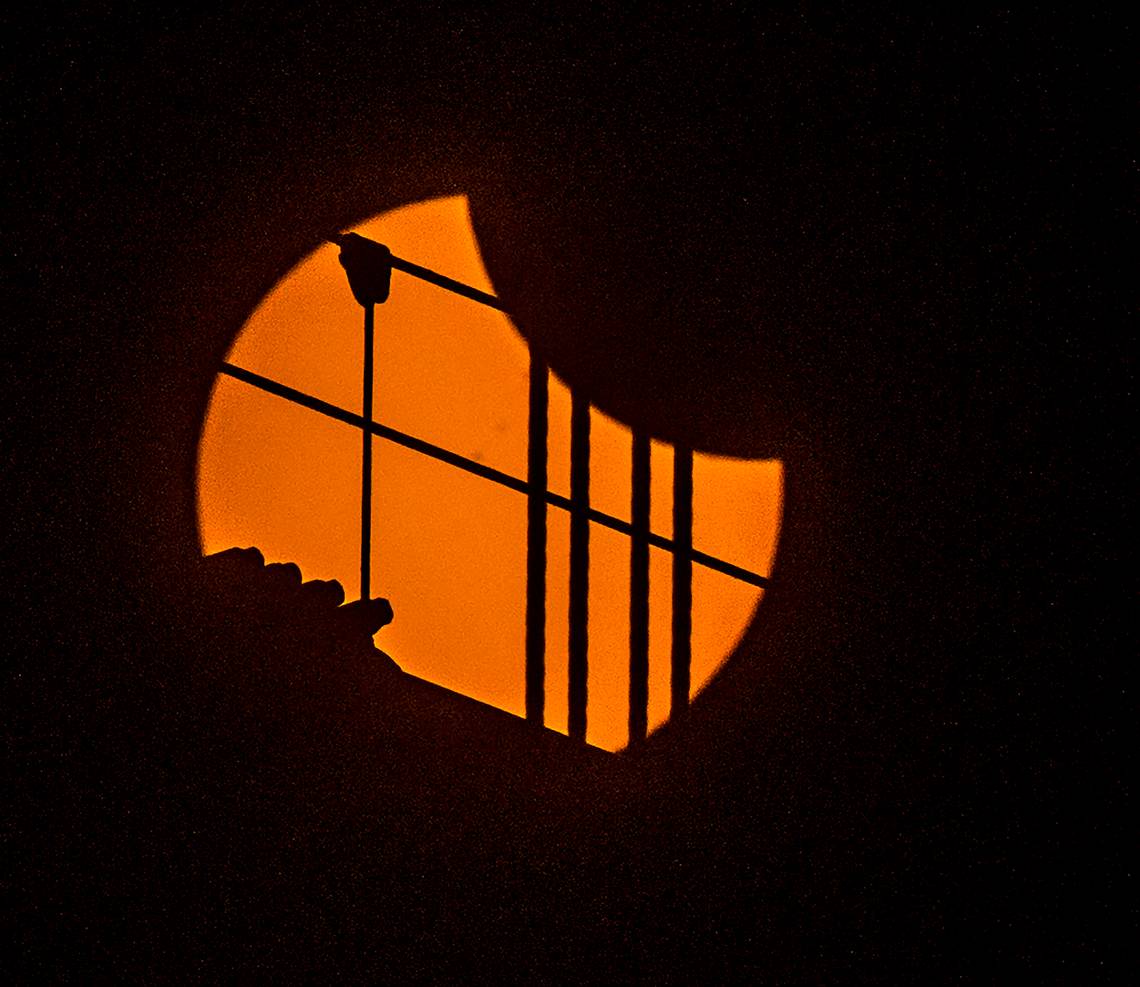[ad_1]
them
Viewing Solar and Lunar Eclipses in Texas: A Guide to 2023 Sightings
In 2023 there will be two solar eclipses and two lunar eclipses, the first in April and the last in October. One of each will be showing from the US later this year.
Here’s your guide to observing solar eclipses, including when and where the two solar eclipses will occur this year.
What is a solar or lunar eclipse?
The maximum solar eclipse occurred on August 21, 2017 at 10:20 am in Gig Harbor, Washington.
solar eclipse
A solar eclipse occurs when the moon is directly between the earth and the sun and the moon casts a shadow over the earth, according to Farmers’ Almanac. It can only occur when the moon is in its new phase.
A composite image of the stages of the total lunar eclipse, also known as the “blood moon,” on January 21, 2019.
lunar eclipse
A lunar eclipse occurs when the earth aligns directly between the sun and the moon, preventing the sun’s light from reaching the moon. It can only happen when the moon is in full phase. We can then see the shadow of the earth on the moon. A total lunar eclipse occurs when Earth’s shadow envelops the moon, turning it coppery red, which is why it’s known as the blood moon. The last event was on November 8th and the next one will be in March 2025.
Eclipses in 2023
1. Annular Solar Eclipse, Oct 14
The annular eclipse follows the total solar eclipse of August 2017 and precedes the total solar eclipse of April 2024. It happens when the moon moves between the sun and the earth while it is at its furthest point from the earth. As the sun forms a “ring of fire” around the moon, it will be visible along a narrow path that crosses the US from Oregon to Texas. This will be the last annular eclipse visible from the United States until June 21, 2039, although Alaska will be the only state on the path of this eclipse.
The annular eclipse begins at 9:13 a.m. Pacific Time in Oregon and ends at 12:03 p.m. Central Time in Texas. Maximum visibility in North Texas will be at 11:52 a.m. on October 14, beginning at 10:23 a.m. and ending at 1:29 p.m., for a total of three hours and six minutes.
2nd Partial Lunar Eclipse, October 28th
During a partial lunar eclipse, only part of the moon appears in the shadow of the earth. October’s partial lunar eclipse could only be seen from the northeastern United States, namely Washington DC, Connecticut, Delaware, Maine, Maryland, Massachusetts, New Hampshire, New Jersey, New York, Pennsylvania, Rhode Island, Vermont and Virginia. It starts at 2:02 p.m., will be most visible at 4:14 p.m. and ends at 6:26 p.m
How to observe a lunar or solar eclipse
You can see any lunar eclipse with the naked eye, without special glasses or filters.
During a solar eclipse, however, it is never safe to look directly at the sun without solar viewing goggles, a handheld solar viewer, or an indirect viewing method such as a pinhole projector.
[ad_2]
Don’t miss interesting posts on Famousbio










